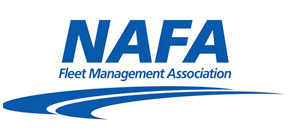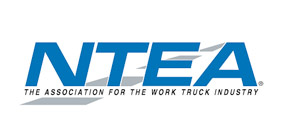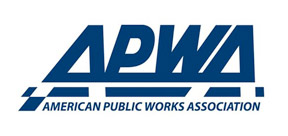From vacant to vibrant: Kokomo infill program rebuilds neighborhoods and community spirits

Once a symbol of industrial excellence, Kokomo, Ind., is gaining attention for something new – its commitment to rebuilding the community from the ground up. Through an innovative infill program, the city is transforming vacant lots into new homes, which is leading to renewed neighborhoods and developing communities.
The infill program, managed by the Kokomo Community Development Corporation, was launched to address a rising demand for housing and to breathe new life into aging residential blocks. In the past year alone, 33 new homes have been constructed or are underway on previously empty lots across the city, which is an unimaginable accomplishment for a town where some spaces lay untouched for decades.
“The goal has always been to take properties that were holding our neighborhoods back and turn them into something that lifts the whole community,” said Weston Reed, Kokomo director of development. “We worked with the county to clear taxes and liens, and now people can go online, claim a lot and build. There’s no cost for the land, but there’s a shared responsibility to build something that lasts.”
Builders, typically local developers or contractors, can apply for up to three lots at a time, listing six preferred choices. Once those first homes receive a certificate of occupancy, they can reapply for more. The phased process ensures developers are committed and prevents out-of-state buyers from hoarding lots for speculation.
“This is about serving a real need in our community,” said Reed. “We’ve put guardrails in place to make sure the people building here are also invested here.”

Although the lots are free, that does not mean the opportunity is a free-for-all. All applicants must be up to date on property taxes, free of code violations and demonstrate financial and construction capacity. If builders don’t follow through within the agreed timeline, the city reclaims the property.
Design standards are also central to the program. New homes must include a covered front porch, central air conditioning and 12-inch roof overhangs – all simple touches that elevate curb appeal and preserve neighborhood character. Exposed treated lumber, carports and gravel parking areas are prohibited.
“This isn’t just a land giveaway,” said Tom Tolen, an employee within the department of development. “We’re not cutting corners. We want high-quality, permanent homes that help anchor entire blocks and encourage people to live in our communities.”
The program comes at a time of rapid change and opportunity in Kokomo. In 2022, the city announced a joint venture with Samsung SDI to build electric vehicle batteries, which is an investment expected to bring 3,000 new jobs to the region. This announcement ignited a surge in housing demand, and city leaders responded quickly.
“We’ve got four multifamily housing projects underway to meet different income levels, a new downtown hotel and conference center opening next year, and developers excited to get in early,” said Reed. “The infill program gives them a significant head start.”
New homes built through the program are typically valued around $174,000, slightly below Kokomo’s median home price of $185,000. They’re affordable, energy-efficient, and provide a high quality of life, which is a key factor in drawing both newcomers and longtime residents to invest in the area.
“With Mayor Tyler Moore’s leadership, we’re seeing homes go up again, not just through this program but in the private sector too,” said Tolen. “It’s all connected. These investments are paying off.”
The city knows this isn’t an overnight project, though. It’s a block-by-block effort to rebuild trust and value. “This is a long game,” acknowledged Tolen. “Our goal is to keep going until there’s no dilapidated property left. We’ve hit a good rhythm now, and it feels like the process is working.”

Reed agreed. “You don’t see it all at once, but the ripples are starting. When homes go up, sidewalks come back, and neighbors start to care more. It sends a message to people that this neighborhood matters.”
The city hopes to keep the momentum going until every neglected parcel has been restored to its full potential.
As Kokomo transforms its physical landscape, it’s also developing a unique identity. The city has quietly become a cultural and culinary destination, with a growing number of Korean restaurants, along with Mexican and ethical food spots that reflect the city’s evolving diversity.
“We’re turning into this low-key foodie community,” said Tolen. “We’ve got everything from fast food to luxury dining, and a big emphasis on local, global flavors.”
Add in expanding trails, concert venues and parks, and Kokomo is becoming a lifestyle destination. Not just an affordable alternative to major metros, the city is now a community people actively want to join.
“We’re not next to Indianapolis. We’re not a suburb,” said Reed. “We are a community. We’re building something here that reflects who we are and who we want to be.”
With every new home built, Kokomo proves what’s possible when a city invests in people, not just properties.
“This isn’t just about filling in gaps on a map,” said Tolen. “It’s about reconnecting a city and making it whole again.”
Whether it’s a contractor pouring the foundation, a family moving into their first home or a neighbor planting flowers along a new sidewalk, the work of rebuilding Kokomo is underway. The spirit of the city has never felt stronger.
Next Article: Kearney, Neb., unveils state-of-the-art sports complex


